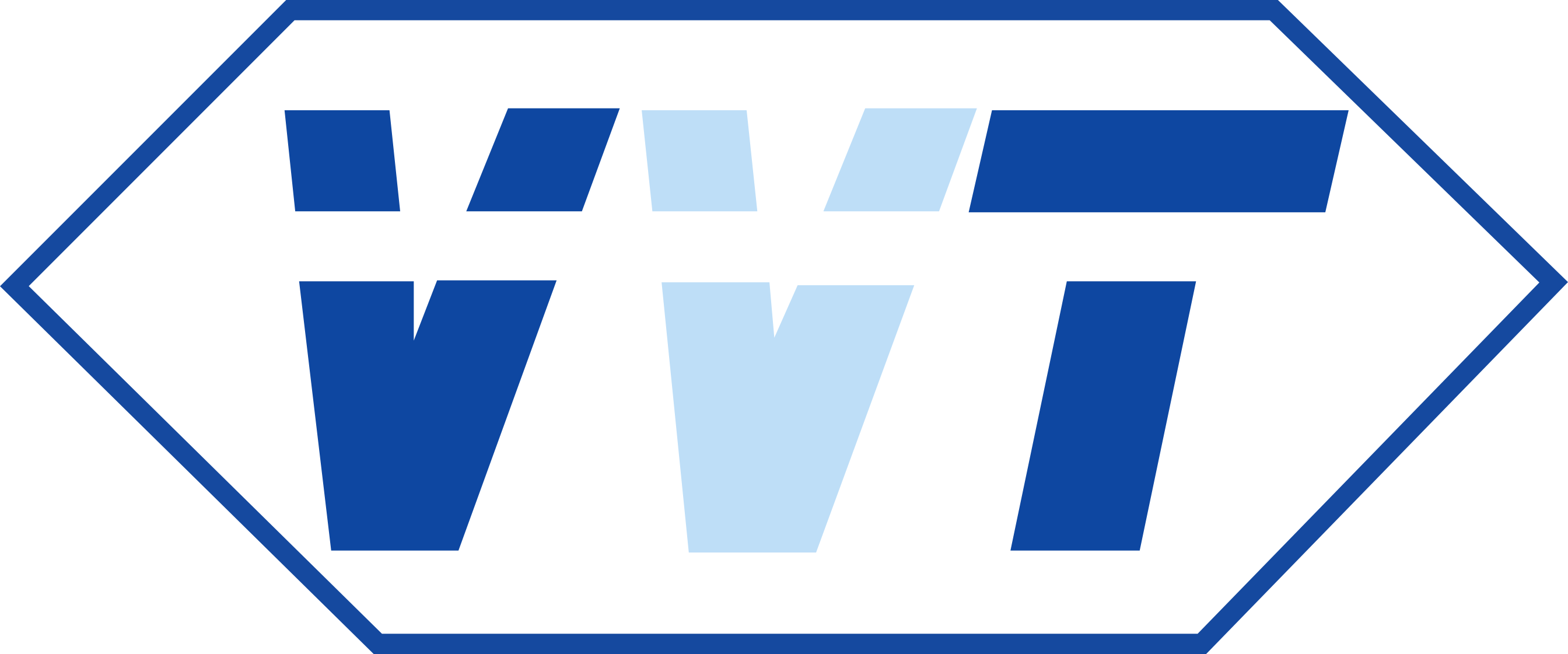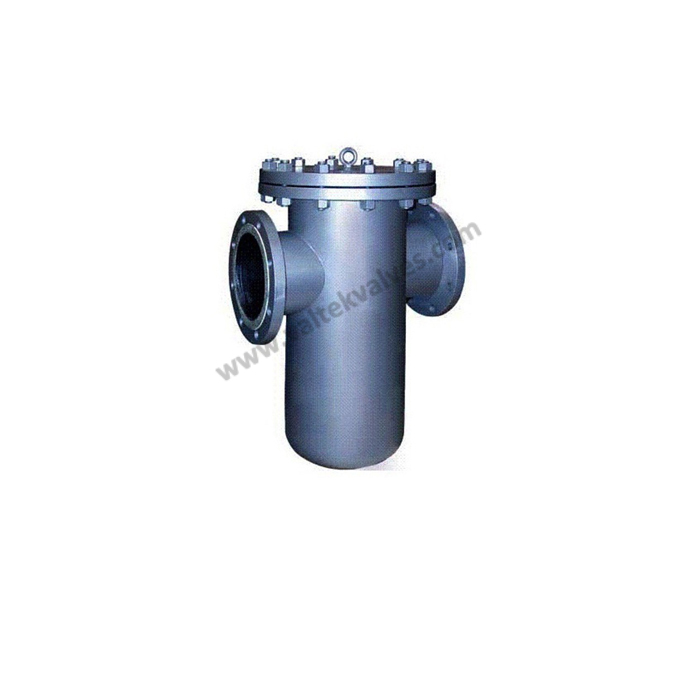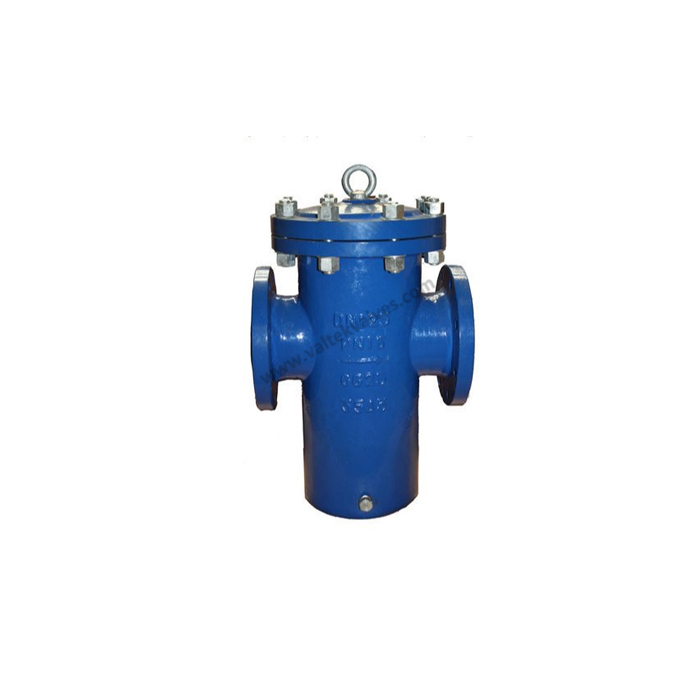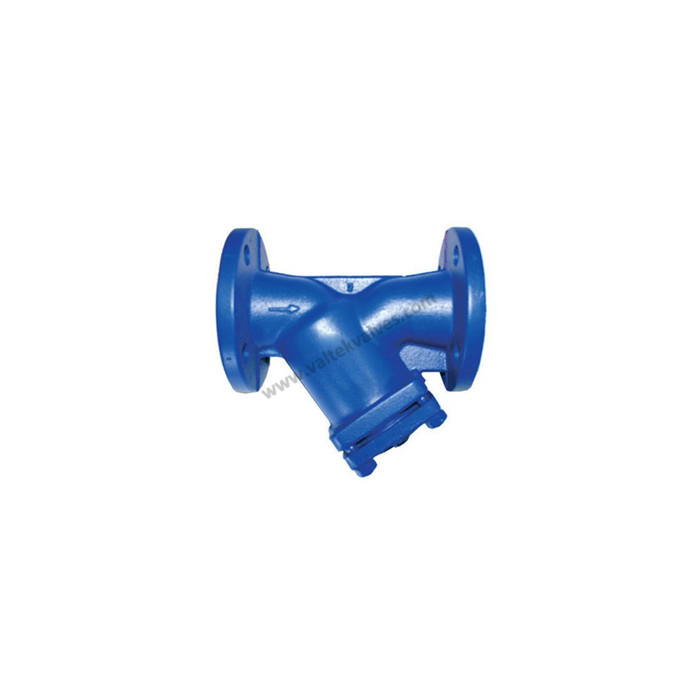
Strainer Valves
Strainer Valves, also known as inline strainers or Y-strainers, are devices used in pipelines to remove solid particles and debris from the flowing fluid.
Strainer Valves play a crucial role in maintaining the integrity and efficiency of fluid handling systems by removing solid particles and debris from the fluid stream. Their simple design, ease of maintenance, and effectiveness make them essential components in many industrial processes and applications.
There are four main types of :
- Basket Type Strainer Valves
- T-Type Strainer Valve
- Y-Type Strainers Valves
Applications:
Strainer valves are used in a wide range of industries and applications where the removal of solid particles and debris from fluid streams is necessary to protect downstream equipment, such as pumps, valves, heat exchangers, and meters.
Materials of Construction:
Strainer valves are available in various materials to suit different application requirements, including carbon steel, stainless steel, cast iron, bronze, PVC (polyvinyl chloride), and other alloys.
Advantages:
- Effective removal of solid particles and debris from fluid streams
- Protect downstream equipment and processes from damage and wear
- Easy maintenance and cleaning with removable strainer elements
- Suitable for a wide range of fluids and operating conditions
- Available in various sizes and configurations to meet specific application requirements
| Design Standards : |
|
|---|---|
| Testing Standards : |
BS 5146 |
| Size Ranges : |
2"-16" (DN50-DN400) |
| Class : | 150-2500 |
| Material of Construction: | WCB, WCC, WC6, WC9, C5, C12, LCB,LCC, CF8, CF8M, etc. |
| Seat: | A105+13%Cr, A105+Steelited. |
| Trim: | API No 1 to 16. |
| Face to Face: | As per ASME B16.10 |
| Actuation: | Manual, Gear, etc. |
| End Connection: | ANSI B16.5(Raised Flanged), ANSI B16.25(Butt Weld) |
Types Of Strainer Valves
Basket Type Strainer Valves
Basket type strainer valves, also known simply as basket strainers, are mechanical devices used in piping systems to remove unwanted solid particles from flowing liquids or gases. They consist of a perforated or mesh-lined basket, which traps debris while allowing the fluid to pass through.
Components of Basket Type Strainer Valves:
- Body : This is the component where the straining actually takes place. It's usually cylindrical or conical in shape and made of perforated metal or wire mesh. The size of the perforations or mesh determines the size of particles that can be captured.
- Basket : This is the component where the straining actually takes place. It's usually cylindrical or conical in shape and made of perforated metal or wire mesh. The size of the perforations or mesh determines the size of particles that can be captured.
- Lid or Cover : The top portion of the strainer that allows access to the basket for cleaning or replacement.
- Gasket or O-ring : Seals between the body and the lid to prevent leakage.
- Handles or Bolts : Used to secure the lid in place and facilitate easy removal for maintenance.
- Drain or Blow-off Connection :Allows for the removal of accumulated debris without disassembly of the strainer.
Applications :
- Basket type strainers are commonly used in industries such as oil and gas, petrochemical, chemical processing, water treatment, power generation, and HVAC (Heating, Ventilation, and Air Conditioning) systems.
- They are suitable for a wide range of fluids, including water, oil, chemicals, and gases.
T-Type Strainer Valve
A T-type strainer valve is another type of mechanical filtration device used in piping systems, similar in function to basket type strainers but with a different design.
Design and Construction:
- Body : The main housing of the strainer, usually constructed from materials like cast iron, carbon steel, stainless steel, or bronze. The body typically has three openings: one inlet and two outlets forming the "T" configuration.
- Screen or Mesh: Positioned within the body, the screen or mesh captures solid particles present in the fluid flow. It allows the fluid to pass through while retaining contaminants.
- Cover or Cap: Provides access to the screen for inspection, cleaning, or replacement. The cover is often secured to the body with bolts or screws and features a sealing mechanism to prevent fluid leakage.
- Cover or Cap:Provides access to the screen for inspection, cleaning, or replacement. The cover is often secured to the body with bolts or screws and features a sealing mechanism to prevent fluid leakage.
- Gasket or O-ring:Ensures a tight seal between the body and the cover, preventing leakage around the access point.
- Handles or Bolts:Used for securing and tightening the cover in place during installation and removal.
- Drain or Blow-off Connection:Some T-Type strainers incorporate a drain or blow-off connection to facilitate the removal of collected debris without disassembling the entire strainer. This feature simplifies maintenance and reduces downtime.
Maintenance:
- Regular maintenance is essential to ensure optimal performance. Periodically, the strainer must be shut down, and the cover removed for inspection and cleaning.
- Depending on the level of contamination, the screen may need to be cleaned manually or replaced with a new one.
Applications:
- T-Type strainer valves are widely used in various industries, including oil and gas, chemical processing, petrochemical, water treatment, power generation, and HVAC systems.
- They are suitable for filtering a broad range of fluids, including water, oil, gases, chemicals, and other liquids carrying solid particles.
- T-Type strainers are installed in pipelines upstream of sensitive equipment to protect against damage and maintain system integrity.
Y-Type Strainers Valves
Y-Type strainers, also known as Y-type filters, are essential components in piping systems used to remove solid particles from flowing fluids. They are named after their shape, which resembles the letter "Y" when viewed from the side. Y-Type strainers offer efficient filtration while minimizing pressure drop in the system.
Components:
- Body : The main housing of the strainer, typically made of materials such as cast iron, carbon steel, stainless steel, or bronze. The body features an inlet and outlet connection, forming the "Y" configuration.
- Screen or Mesh: Positioned within the body, the screen or mesh captures solid particles suspended in the fluid flow. It allows the fluid to pass through while retaining contaminants.
- Cover or Cap: Provides access to the screen for inspection, cleaning, or replacement. The cover is usually secured to the body with bolts or screws and features a sealing mechanism to prevent fluid leakage.
- Gasket or O-ring:Ensures a tight seal between the body and the cover, preventing leakage around the access point.
- Handles or Bolts: Used for securing and tightening the cover in place during installation and removal.
- Drain or Blow-off Connection:Some Y-Type strainers incorporate a drain or blow-off connection to facilitate the removal of collected debris without disassembling the entire strainer. This feature simplifies maintenance and reduces downtime.
Maintenance:
- Regular maintenance is essential to ensure optimal performance. Periodically, the strainer must be shut down, and the cover removed for inspection and cleaning. Depending on the level of contamination, the screen may need to be cleaned manually or replaced with a new one.
Applications:
- Y-Type strainers are widely used in industries such as oil and gas, chemical processing, petrochemical, water treatment, power generation, and HVAC systems.
- They are suitable for filtering various fluids, including water, oil, gases, chemicals, and other liquids carrying solid particles.
- Y-Type strainers are installed in pipelines upstream of sensitive equipment to protect against damage and maintain system integrity.




















One of the best supplier i could ever found. Plus you are the best and cheapest.